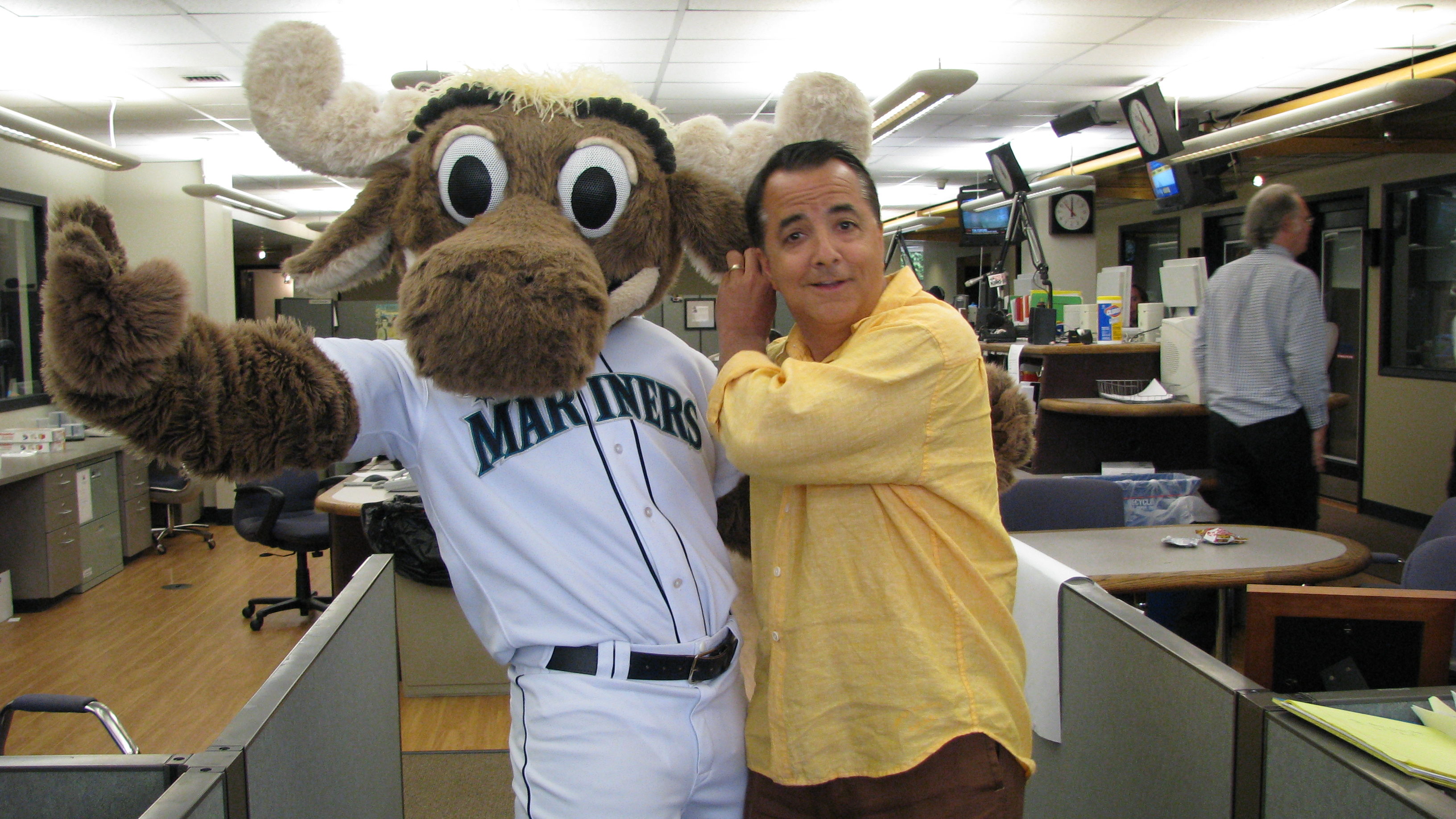James Webb telescope sets course for new era of astronomy studies
Aug 1, 2022, 12:46 PM

Kids and adults gathered at the Ontario Science Centre in a area set up for viewing the NASA release of images from the James Webb space telescope. CORONAPD Toronto Star. (Rick Madonik/Toronto Star via Getty Images)
(Rick Madonik/Toronto Star via Getty Images)
The James Webb Telescope released the clearest and most detailed image of the distant corners of universe ever taken last month, exciting astronomers about the potential this telescope can photograph and uncover.
The telescope even set a new record for discovering a galaxy, GLASS-z13, that is approximately 13.5 billion years old. The galaxy formed 300 million years after the Big Bang, 100 million years older than anything previously discovered in space.
“Hubble is still up there and kicking, it’s 30 years old but still working,” said Steven Finkelstein, an astronomy professor for the University of Texas, on the Dori Monson Show. Finkelstein led a team to discover and photograph GLASS-z13 with the James Webb telescope. “But James Webb is bigger, with a bigger mirror, so that lets us see farther into the universe. It observes mostly in the infrared. This is kind of how night vision goggles work, it sees heat from objects that are a little bit redder than our eyes can see and that lets us do a whole different kind of astronomy than what we can do with the Hubble Space Telescope.”
Ross: Marveling at the beauty, and horror, of deep space with new telescope photos released
The image of the universe, named “Webb’s First Deep Field,” is the first full-color image from the $10 billion observatory that launched into space last year, and the highest-resolution infrared view of the universe yet captured.
The galaxy is also called Maisie’s Galaxy, named after Finkelstein’s 9-year-old daughter.
“We don’t usually get to name things in astronomy. But when you’re writing a paper about one galaxy, you refer to it a lot,” Finkelstein said. “And we gave it a proper name, which is a number that is its coordinates in the sky, similar to latitude and longitude. But you get real tired of writing that over and over again, and you’re not going to say it out loud in a talk. So, I sort of gave it the shorthand Maisie’s Galaxy when I was writing the paper, because we’d found it on her birthday just a few weeks ago.”
Webb’s first image took just 12.5 hours to compile, compared to the weeks it took Hubble to observe other deep fields when photographing and documenting.
“We didn’t know when a star started forming, and predictions were kind of all over the place. Maybe stars started forming pretty soon after the Big Bang, maybe it took hundreds of millions of years?” said Finkelstein. “Now we’re pushing into that window. We now see at least a few galaxies coming from only 300 million years after the Big Bang. And the important thing to keep in mind is, this is with one week of data from this telescope. This telescope should work for close to 20 years.”
After shifting the telescope’s focus to Jupiter and Saturn, James Webb will be a part of multiple studies for red dwarfs, distant galaxies that are colliding with one another, and to look for hot, rocky planets around other stars.
Listen to Dori Monson weekday afternoons from noon – 3 p.m. on KIRO Newsradio, 97.3 FM. Subscribe to the podcast here.













